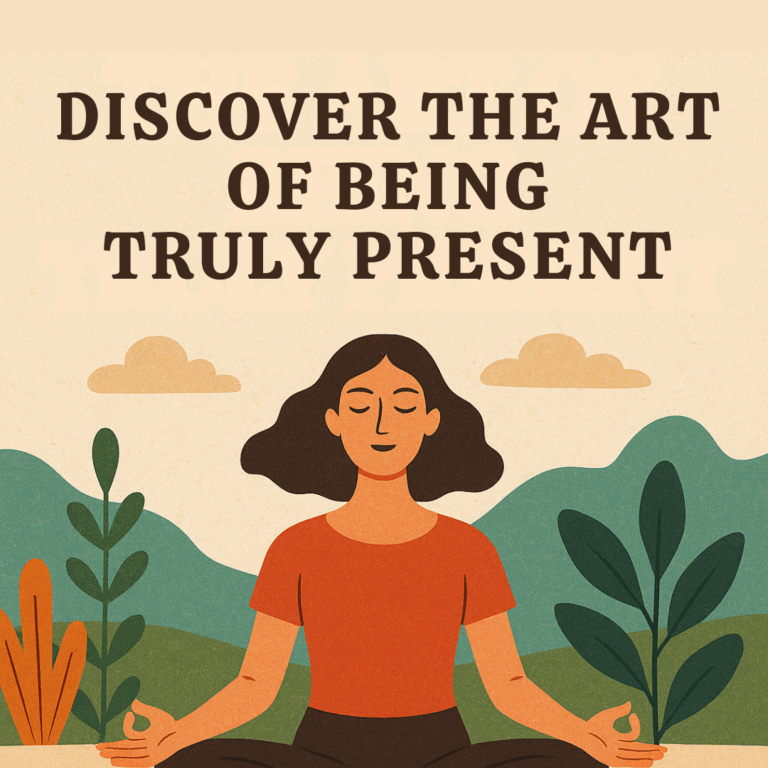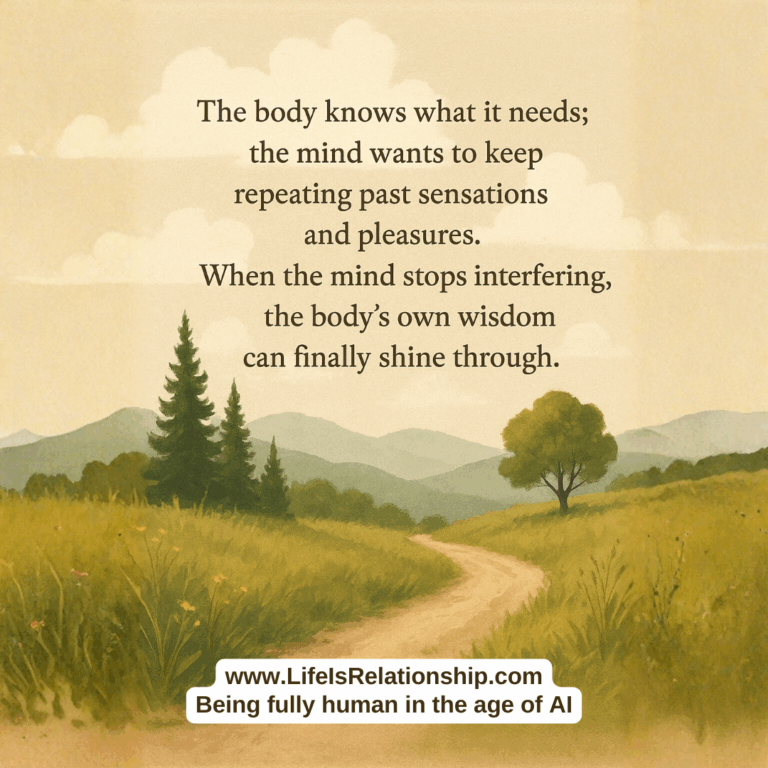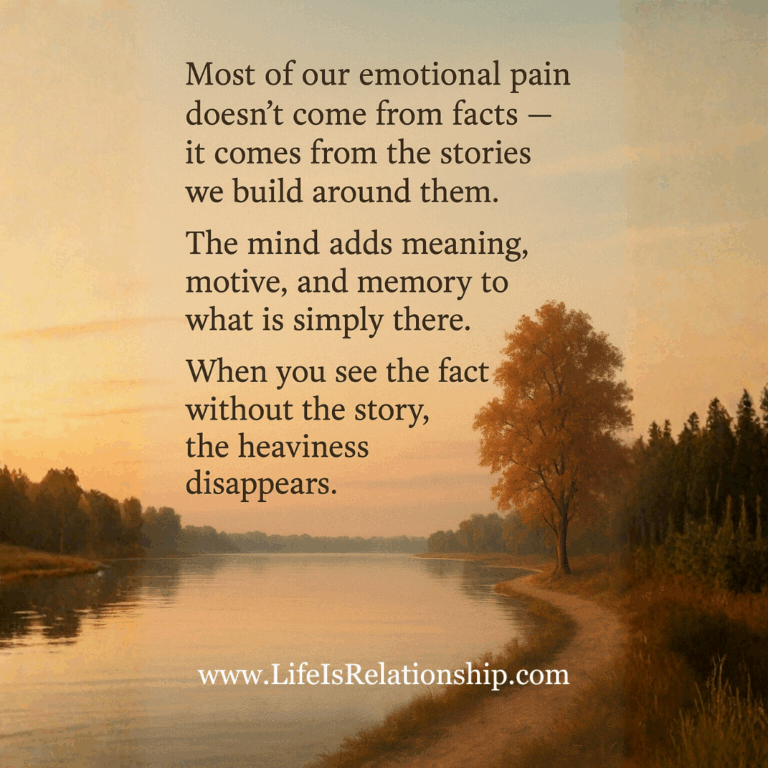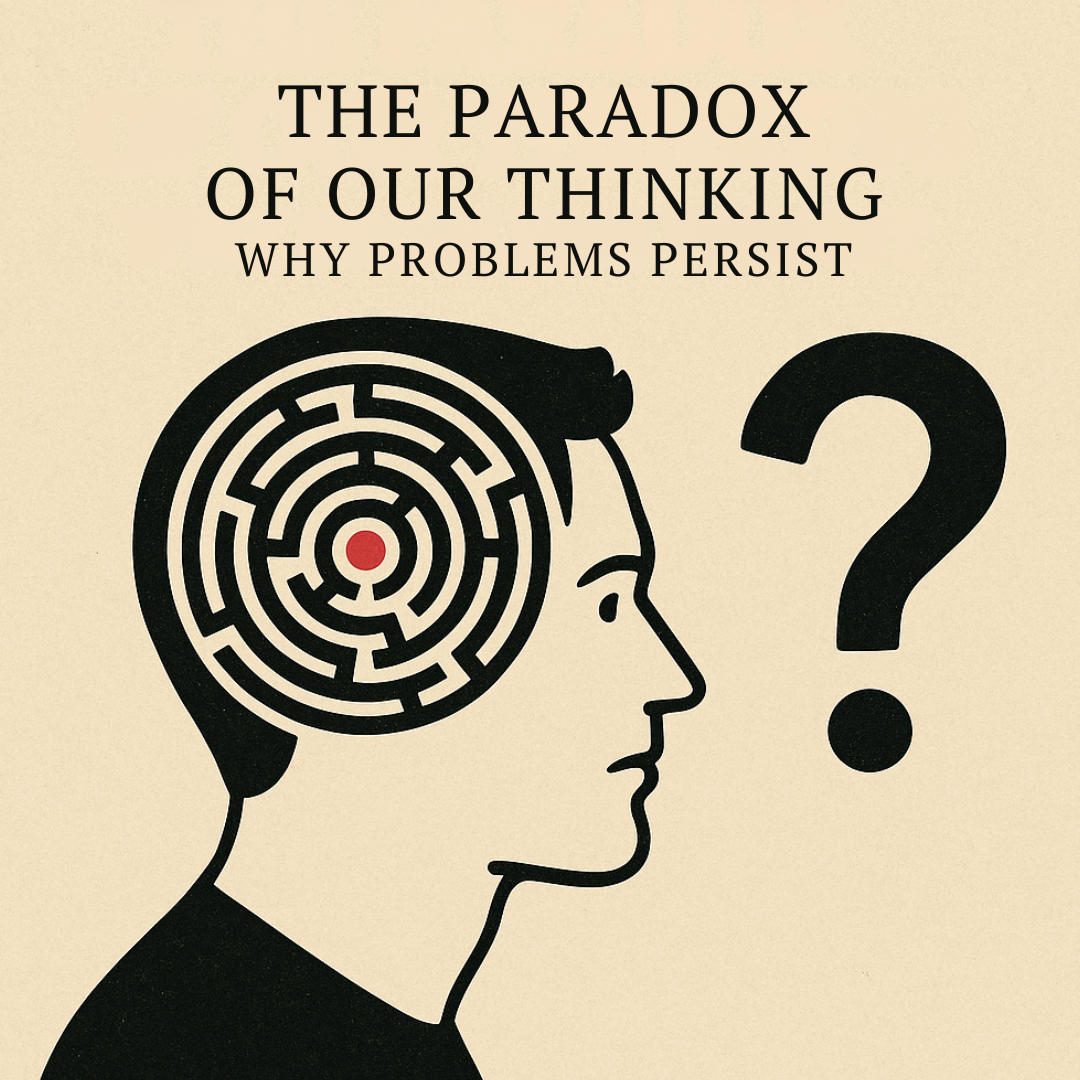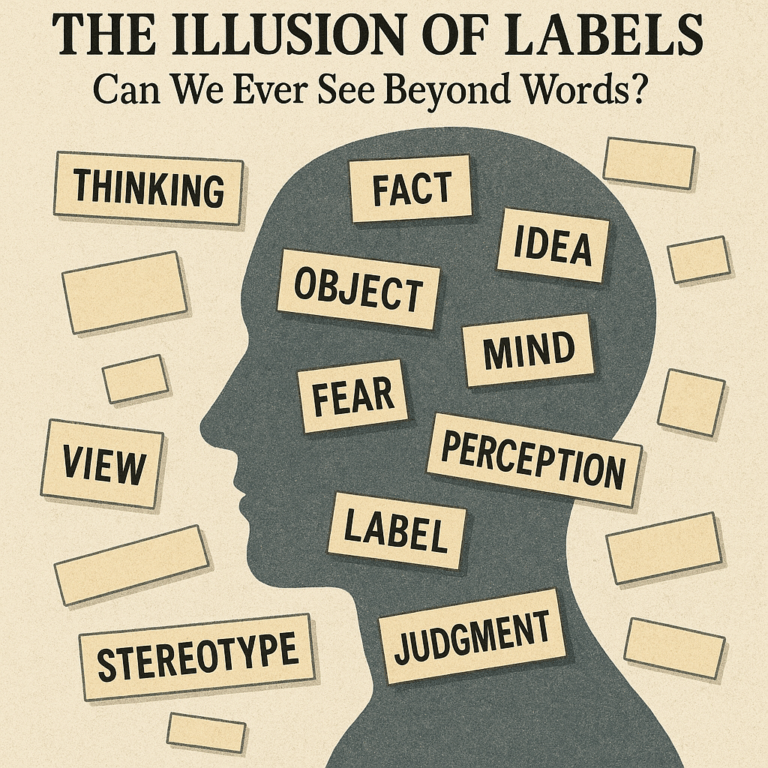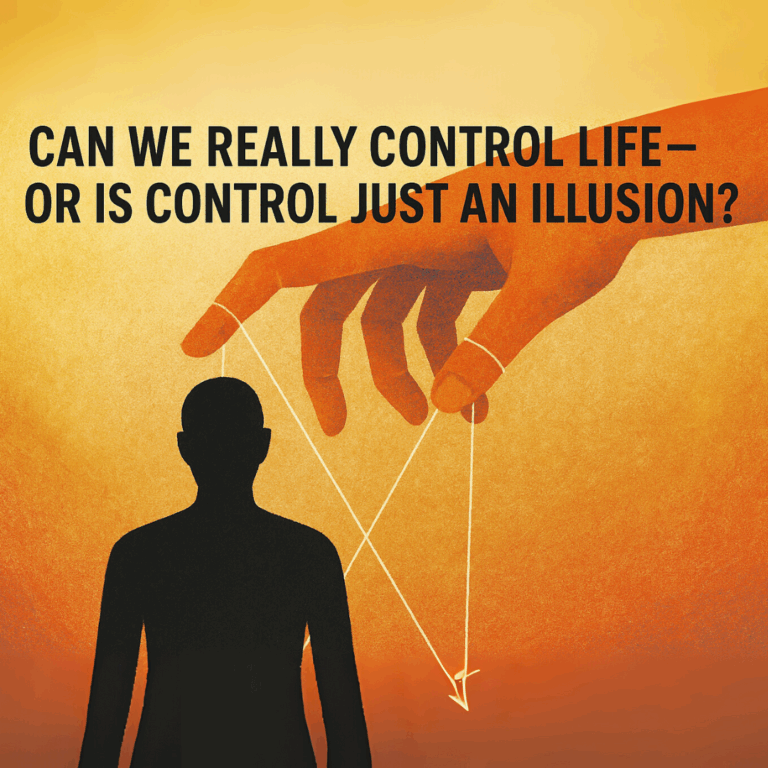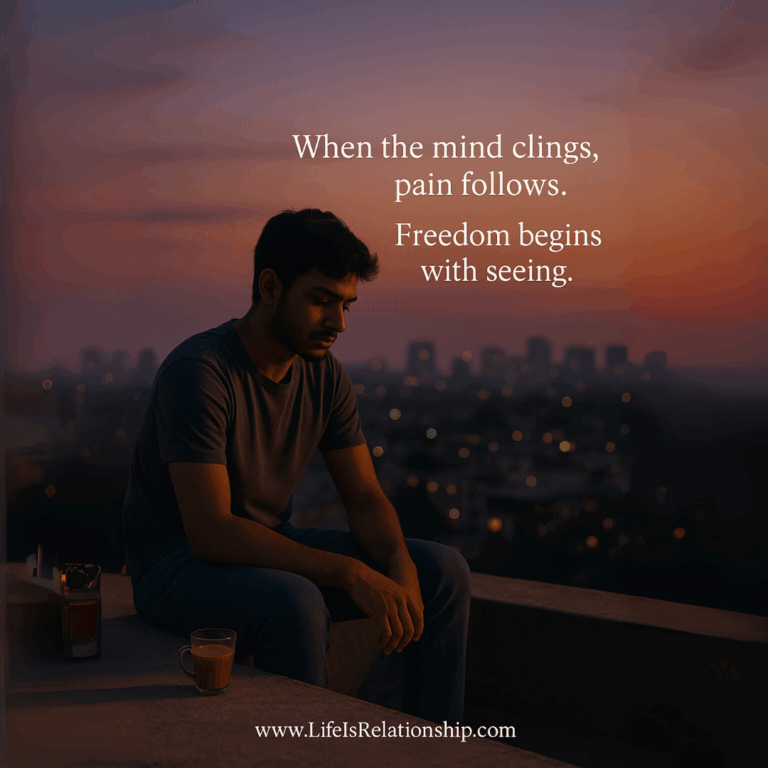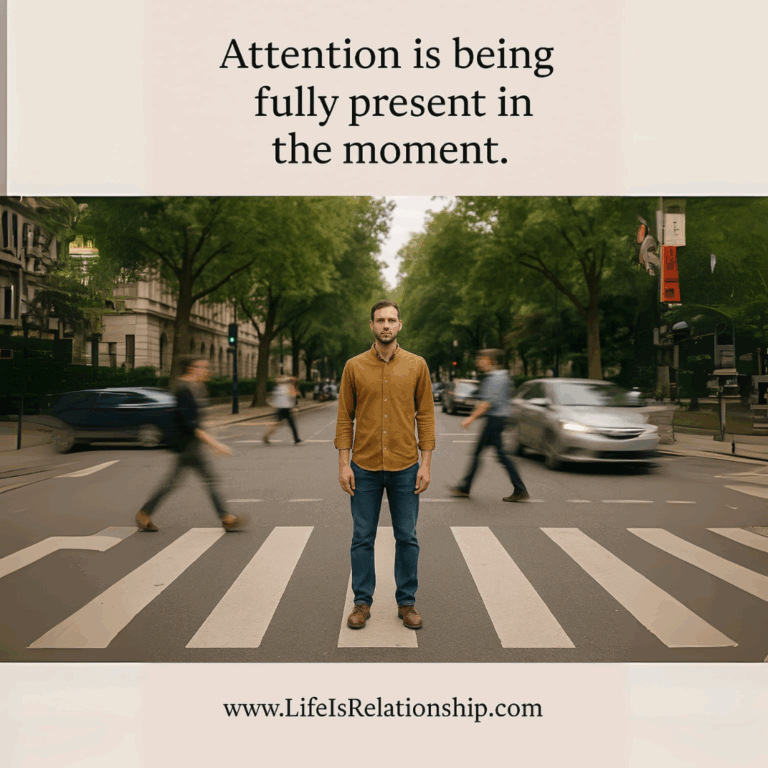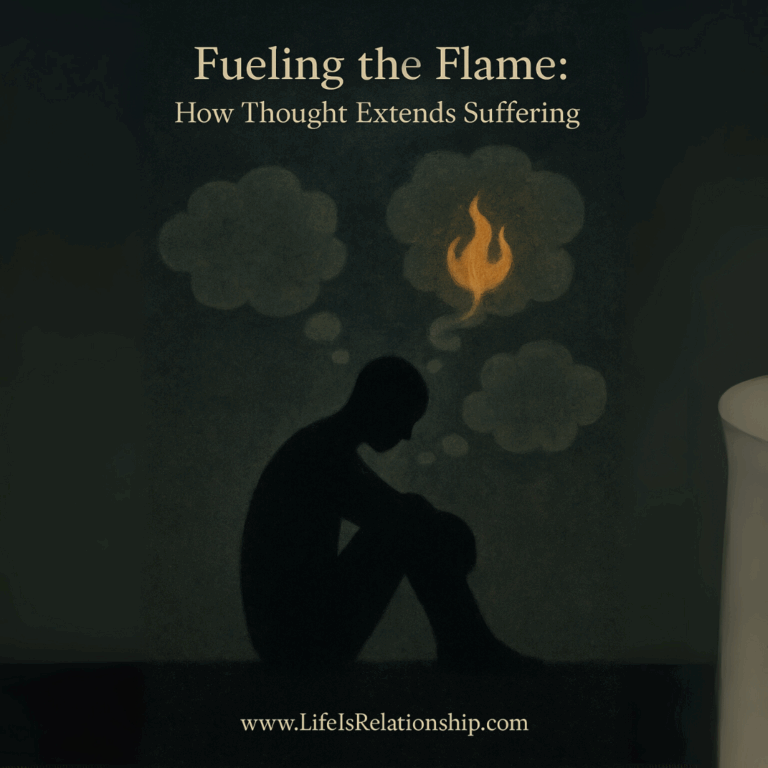Many people turn to Stoicism for wisdom on how to handle life’s ups and downs. Stoicism teaches us to focus on what we can control—our judgments and reactions—and to accept calmly whatever life brings our way. This idea of managing emotions through reason and acceptance sounds practical and empowering. After all, who wouldn’t want to stay composed in difficult situations?
But there’s an important dimension often missed when we talk about acceptance. Acceptance might sometimes mean putting emotions aside or simply tolerating what happens. What if the real key isn’t just accepting life calmly, but truly understanding what’s going on inside us—our thoughts, feelings, and reactions—without trying to control or suppress them?
Think of someone who has suffered a deep loss. Stoicism might advise them to accept the pain with calm and focus on what’s within their control. But in reality, this advice can unintentionally push people to suppress their grief, creating a hardened outer shell while inside, emotions and thoughts keep boiling. The silence people show on the outside doesn’t always mean peace; it can hide turmoil that’s yet to be seen and understood.
Here’s the catch: Most emotional and mental problems come from thought itself. And the usual response is to use more thought to solve those problems—more advice, more reframing, more control. But thought often creates division and conflict, so trying to fix a problem made by thought with more thought is like trying to put out a fire with gasoline.
True freedom and peace arise not from controlling or suppressing emotions, or even from blind acceptance, but from a deep, clear understanding of our inner experience. When you observe your feelings, thoughts, and reactions without judgment or resistance, something changes. You begin to see how your mind works and where suffering starts. This insight allows pain and confusion to dissolve naturally—no force needed.
In practical terms, it means being honestly aware of your feelings, not shoving them down or pretending they don’t exist. Instead of fighting your anger, fear, or sadness, you look at them closely, understand where they come from, and stop adding layers of thought and judgment that only create more noise. This kind of understanding brings a natural calm and clarity that control alone can never provide.
In the end, trying to suppress or control emotions is not the answer to human problems. Neither is mere acceptance without insight. The real path is compassionate self-understanding—watching yourself clearly, seeing your thoughts and feelings as they are, and allowing that truth to set you free.
Imagine living your life not by pushing down feelings or just going through the motions of acceptance, but by genuinely knowing yourself—your fears, joys, and pain—and facing life with an open, clear mind. That’s where true strength and freedom are found.


